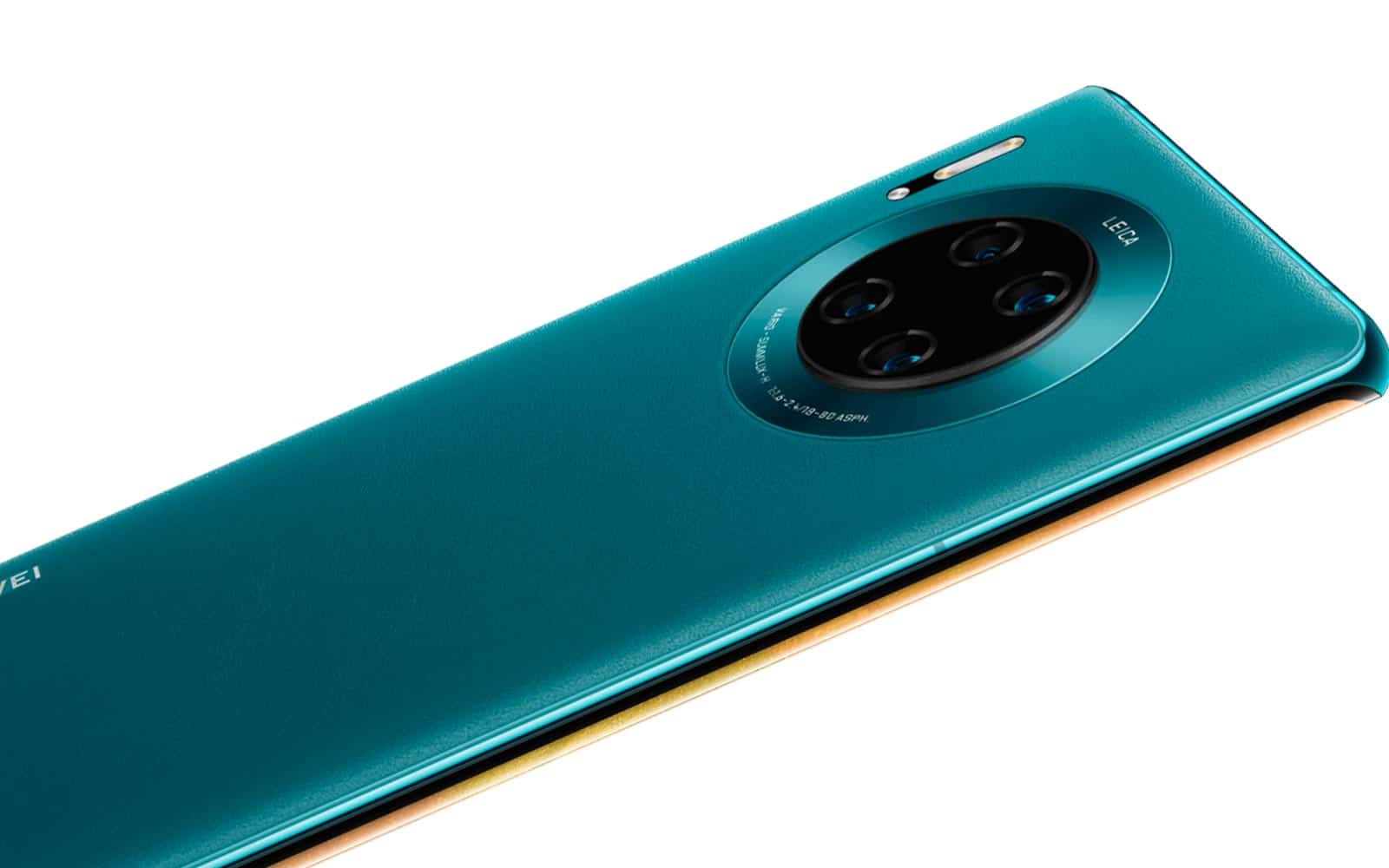Even since May 2019, Huawei’s position in the official Android app ecosystem has had a question mark, and this week, Google has decided to explain a little more.
Google’s Android may well be free to anyone making a phone, but that doesn’t mean just anyone can get access to the Google Play Store, or even access to Google’s services, which many apps rely on. To qualify, you also have to be approved to work with Google, and not be in a company that its host country, the United States, has decided to cut access to.
That doesn’t happen to many, but last year when the US government decided to place several companies from China on a trade ban entity list, it has gone into effect for some organisations. Many you wouldn’t have heard of, but at least one you would have, with Huawei one of the more high profile companies sitting atop the list.
Huawei’s position came with news that while last year’s thoroughly excellent P30 Pro smartphone was released before Huawei had been added to the entity list and was therefore exempt, anything released after that addition was therefore not qualified to work with Google’s apps or services. Specifically, it means phones released before May 16 last year will keep running Google apps and services, but anything released after is not cleared to work with Google Play, Gmail, Maps, YouTube, and the use of these services.
This meant devices like the Huawei Mate 30 Pro — which was released well after the ban went into effect — not only had to go with a customised version of Android built from the open source project edition, but also had to work without access to the Google Play app store, and any of the services Android apps typically rely on, making installs a little more difficult.
Experienced and skilled users can get around this by installing the apps and services separately, a process called “sideloading”, but this week Google clarified its position on the matter and stated that
- “side loaded Google apps will not work reliably because we do not allow these services to run on uncertified devices where security may be compromised”, and
- “sideloading Google’s apps also carries a high risk of installing an app that has been altered or tampered with in ways that can compromise user security”
Or to put it more simply, don’t go looking for Gmail, Google Maps, and other Android apps on the web for you to sideload on a phone that has been disconnected from Google.
While it is possible to make the connections to Google apps and services work this way, it may not work for all that long, and those apps may be modified or tampered with in some way.
Google added that:
“Play Protect certified devices go through a rigorous security review and compatibility testing process, performed by Google, to ensure user data and app information are kept safe. They also come from the factory with our Google Play Protect software, which provides protection against the device being compromised.”
Simply put, until the US government ends its issues with Huawei and removes it from the trade ban list, Google apps and services won’t appear on Huawei devices, and going around the back to add them to any device that doesn’t have it isn’t actually a grand idea.






